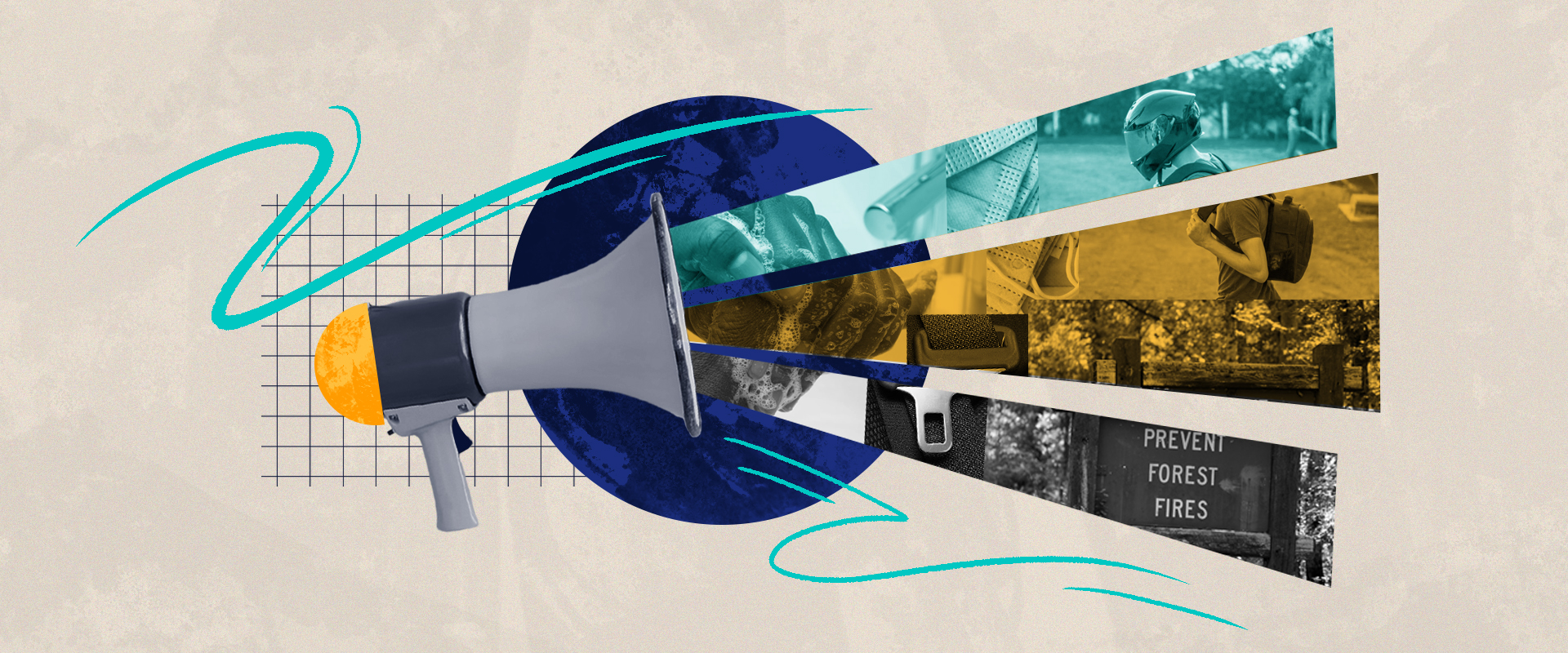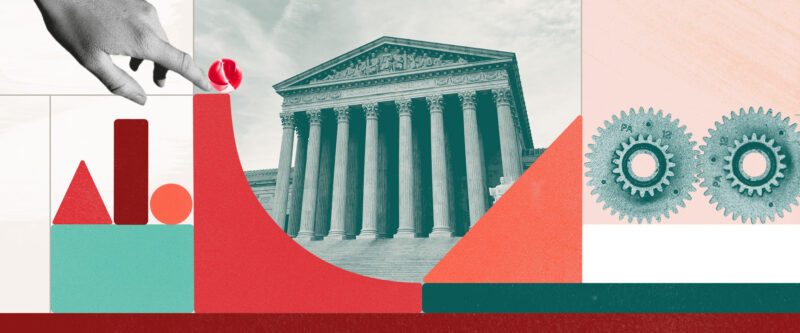Animating Awareness: The Power of PSAs
When you think of a public service announcement, depending on your age you might remember that famous ad with the image of a fried egg coupled with the phrase “This is your brain on drugs.” And there’s a reason for that: they work. The best PSAs can drive awareness, make you think about an issue in a new way, and even drive you to take action.
In some ways, PSAs are just another type of ad, but there are important ways in which they are different from traditional advertising. In this article, we are going to discuss the history of the PSA, why they matter, and what happens when you apply the magic of animation to a PSA campaign.
Animation studios continue to partner with PSAs into the present. For example, during the COVID-19 pandemic, Cartoon Network has put out many PSAs focused on good hand washing, cleanliness, and hygiene best practices. The key here is knowing your target audience and presenting the information in a way that will best connect to that audience.

How Do We Know PSAs Make An Impact?
All of the history and strategies for PSAs are interesting, but at the end of the day, how do we know that PSAs make an impact? Aside from simply remembering so many of them, there is plenty of data to show their impact.
The number of people who smoke cigarettes has drastically decreased since the 1960s, thanks in large part to PSAs raising awareness of the health risks. Another iconic PSA campaign that left a lasting impact featured Smokey Bear. Originally a beloved figure, Smokey became central to environmental advocacy. His story began in 1950 when a black bear cub was rescued from a burning forest in New Mexico, named Smokey, and brought to live at the National Zoo in D.C. By 1964, Smokey had become so popular that the postal department gave him his own ZIP code to handle the influx of fan mail.
Today, about 96% of adults are thought to be able to recognize him.
McGruff the Crime Dog, known for his trench coat and crime prevention tips, reached a broad audience and made a significant impact. About a fourth of the national sample exposed to the McGruff campaign reported taking crime-prevention actions based on his PSAs. The campaign, which ran for 12 years, generated $60.3 million from an investment of just $600,000. Similarly, the “Stop, Drop, and Roll” PSA, introduced in 1973 by the National Commission on Fire Prevention and Control, remains a staple in fire prevention education. Despite its simplicity, this PSA effectively teaches how to respond in a fire and exemplifies how PSAs can endure and continue to educate over time.
Utilize Animation as as Educational Tool
PSAs have a remarkable ability to deliver lessons that stick with people for years, especially when paired with the engaging power of animation. Take Dudley the Dinosaur’s memorable advice from 1995: “If you lose a tooth, pop it in a glass of milk before heading to the dentist.” It’s a simple tip, but it’s stayed with audiences for over 25 years. That’s the magic of a great PSA—now imagine what an animated version could do to make your message unforgettable.
Want to know more? Check out Duke & Duck’s portfolio to see how animation can educate, engage, and inspire or contact us to talk about a project.






